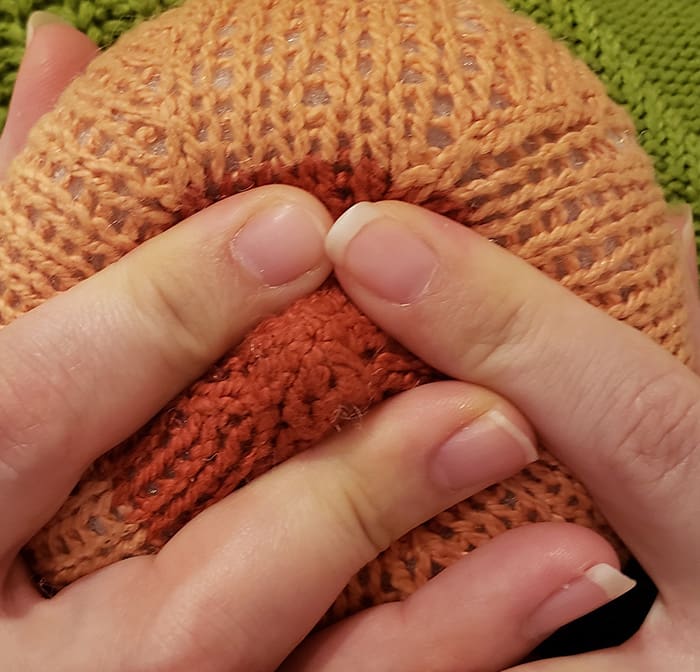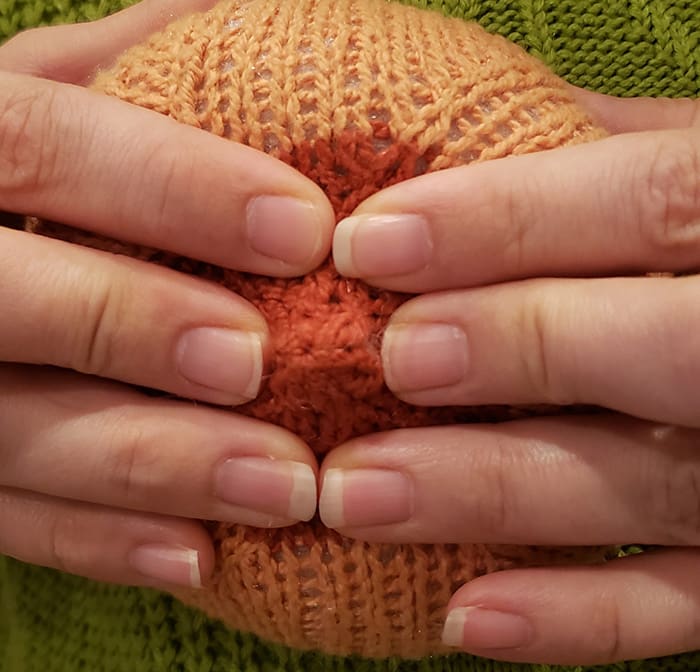COMMON CONDITIONS
How to Relieve Engorgement
test
summary
Primary engorgement is the normal fullness felt in the breasts experienced by some lactating parents when their milk increases in volume or “comes in.” This typically occurs between days 3 and 5 and, although rare, onset may be as late as 9-10 days. In some cases the breast can become so full and swollen that the milk has difficulty exiting the breast due to compression of the milk ducts. It is important to manage engorgement so that the lactating parent is comfortable, the baby is fed, and the milk supply is preserved.
Secondary engorgement is caused by inadequate or infrequent milk removal from the breast anytime during breastfeeding. Engorgement can be painful and should be addressed. If an engorged breast is not adequately relieved, it will eventually stop producing milk.
Equipment Needed:
• Breast pump or hands
• Ice packs
• Warm compress (optional)
• Anti-inflammatory medication (optional)
Steps:
These are some steps to relieve engorgement:
1. Breastfeed every time the baby is willing to do so or at least every 3 hours if it is not causing pain. Remove milk from both breasts with each feeding.
2. Consult with your healthcare provider about taking anti-inflammatory medication (such as nonsteroidal anti-inflammatory drugs (NSAIDs).
3. Ice can reduce edema and inflammation can provide symptomatic relief. Apply ice packs or cold compresses for 15-20 minutes before and/or after feeding or pumping to reduce inflammation. Use a thin cloth between the ice pack and skin.
4. Warm compresses, warm soaks, or warm showers before feeding or pumping. Do not use this method if breasts are hot to the touch, as it can make the swelling worse. Instead, use cold compresses before breastfeeding or pumping.
5. Use reverse pressure softening before feeding or pumping to soften the areola and make it easier for the baby to latch. Look for drops of milk – this is great for relieving the pressure of engorgement.Instructions- Place fingers behind the nipple covering as much of the areola as possible. Press straight back to the chest wall. Hold for 30 seconds.
6. Gentle breast massage may be helpful but deep massage can be painful and add to more inflammation.


Follow Up:
Lactating parents should seek assistance from a lactation professional:
• If you are unable to relieve your engorgement through the techniques indicated above.
• If you begin to experience painful hard areas in the breasts that do not soften with feeding/pumping.
• If you begin to experience a fever or body aches.
• If you do not experience any increase in the fullness of your breasts by day 4.
• If your expressed milk appears thick and stringy.
Resources:
Kujawa-Myles, S., Noel-Weiss, J., Dunn, S., Peterson, W. E., & Cotterman, K. J. (2015). Maternal intravenous fluids and postpartum breast changes: A pilot observational study. International Breastfeeding Journal, 10(1). doi:10.1186/s13006-015-0043-8
Witt, A. M., Bolman, M., Kredit, S., & Vanic, A. (2015). Therapeutic Breast Massage in Lactation for the Management of Engorgement, Plugged Ducts, and Mastitis. Journal of Human Lactation, 32(1), 123-131. doi:10.1177/0890334415619439
Academy of Breastfeeding Medicine Clinical Protocol #36: The Mastitis Spectrum, Revised 2022. BREASTFEEDING MEDICINE Volume 17, Number 5, 2022 ª Mary Ann Liebert, Inc. DOI: 10.1089/bfm.2022.29207.kbm
Engorgement-ver (2;082621) www.bfsuccess.com Copyright ⓒ 2021 Breastfeeding Success, LLC. All rights reserved. 2
This and other how-to guides are available as free downloads

